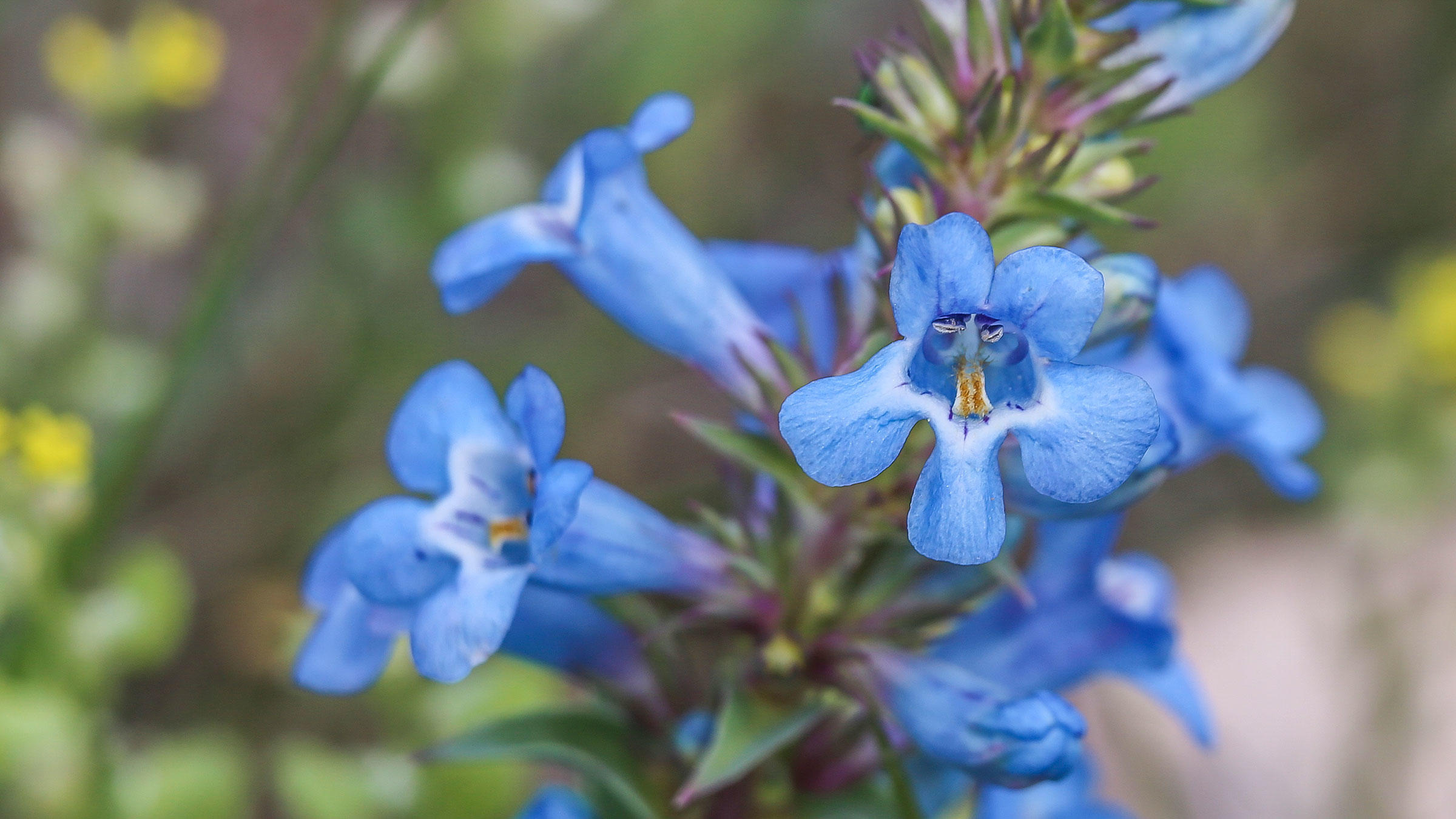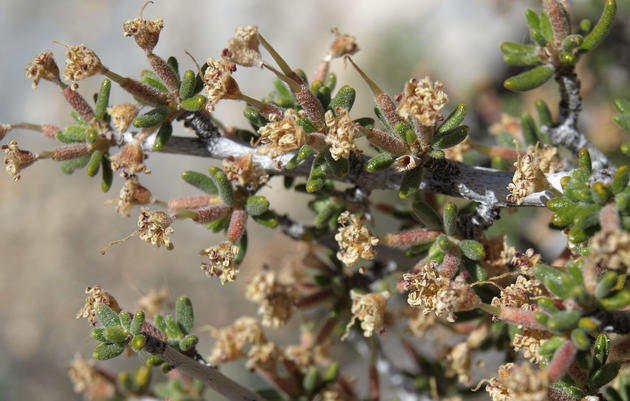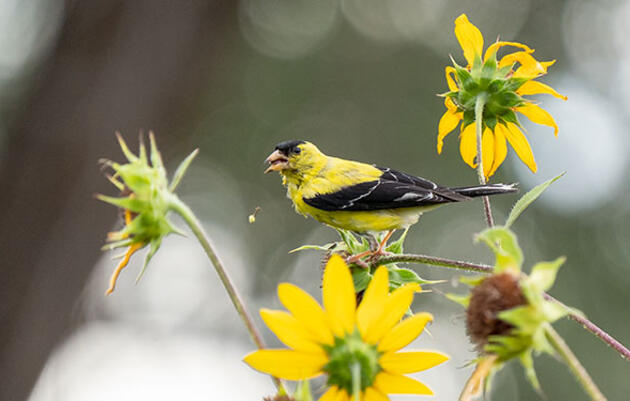Our Plant Profiles from Plant Select® feature plants that thrive in the Rocky Mountain region and also provide critical needs for wildlife.
Annuals Versus Perennials: The Gardener's Dilemma
It’s easy to see why gardening with annual flowers is so popular, they bloom all summer long and are relatively easy to care for. But in order to produce all these flowers, most annuals require heavy amounts of water and fertilizer to stay looking lush and beautiful.
On the other hand, gardening with perennials (plants that go dormant in winter and come back every year) sometimes seems too complicated. They bloom at different times, they come in different sizes, and they last many years, so planning ahead is even more important.
Easy and Beautiful Perennials for Any Garden, and for Pollinators
Where to start with perennials? For westerners, Mexicali penstemons are great plants for beginning perennial gardeners. (They’re great for most gardeners, actually!). They bloom nearly all summer, are adaptable to a wide range of garden conditions but also do well in containers and don’t need a lot of water to stay looking healthy and full. The bonus is that they’re pollinator plants, too!
Penstemons (also called beardtongues for the fuzzy stamens on their "lip") are one of the West’s most abundant native wildflower species. With more than 250 species in North America, the greatest percentage of these are native to the West. Here’s a breakdown by state (courtesy the American Penstemon Society):
Mexicali penstemons are a group of penstemons with mixed parentage; hybrids of less-hardy Mexican species with large, showy flowers crossed with native North American species that exhibit vigor and cold-hardiness. Bruce Meyers was one of the earliest and most prolific breeders of these beautiful and adaptable plants, and the first two penstemons introduced by Plant Select®, Red Rocks® and Pike’s Peak Purple®, came from some of Myers’ best selections.
Form and bloom time: Mexicali penstemons grow into bushy, mounded plants that are ideal for mass plantings, drifts, raised beds, perennial borders, rock gardens or naturalistic gardens. They begin blooming in early summer in earnest, and will often bloom sporadically through August. Flowers are tubular, often with white-striped throats. Once pollinated, most will set seed which can be left intact to self-sow in the garden, or removed (deadheaded) to encourage further blooms.
Wildlife benefits: Mexicali penstemons attract bees, moths and butterflies. Plants are also considered deer-resistant.
Growing tips: Though adaptable to a wide range of conditions, they do best in well-drained, loamy soils with moderate water. All need at least six hours of sun a day to produce full plants with strong flowers.
At a glance:
- Red Rocks®: Rosy-red flowers with white throat
- Pike’s Peak Purple®: Violet-purple flowers with white throat
- Shadow Mountain®: Lavender-blue flowers with white throat and purple-red lines
- Windwalker® Garnet: Reddish to purplish flowers with white throat
- Carolyn’s Hope: rich pink buds fade to medium pink flowers with white throat (Funds raised through sales of Carolyn’s Hope will benefit breast cancer research at University of Colorado Cancer Center.)
- Height: 12-15” tall
- Width: 12-15” wide
- Growth habit: clumping perennial
- USDA Hardiness Zones 4b-8
- How to Use: Containers, perennial borders, mixed flower beds
- Culture: Sunny spots with moderate to dry conditions in most soils








